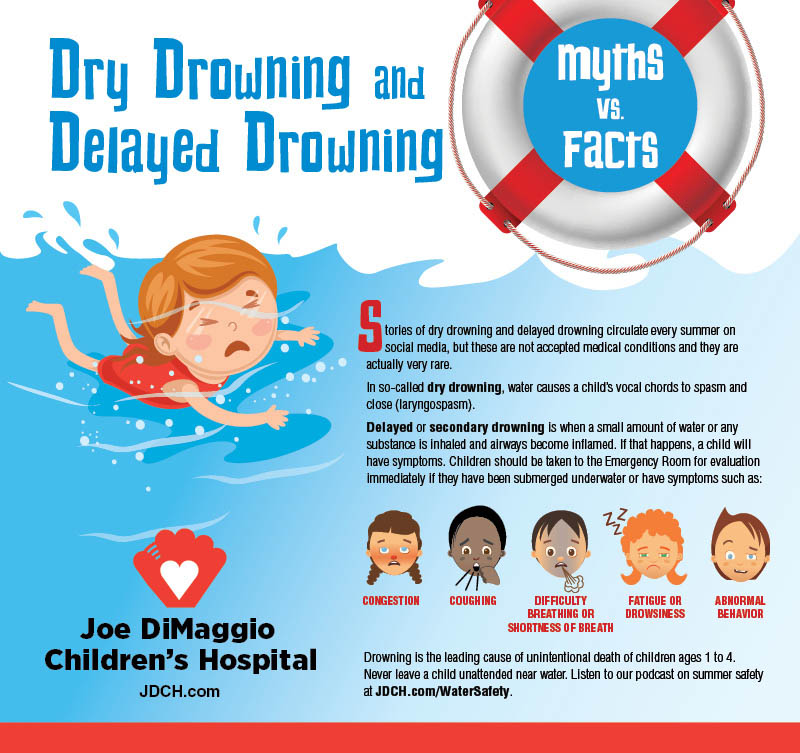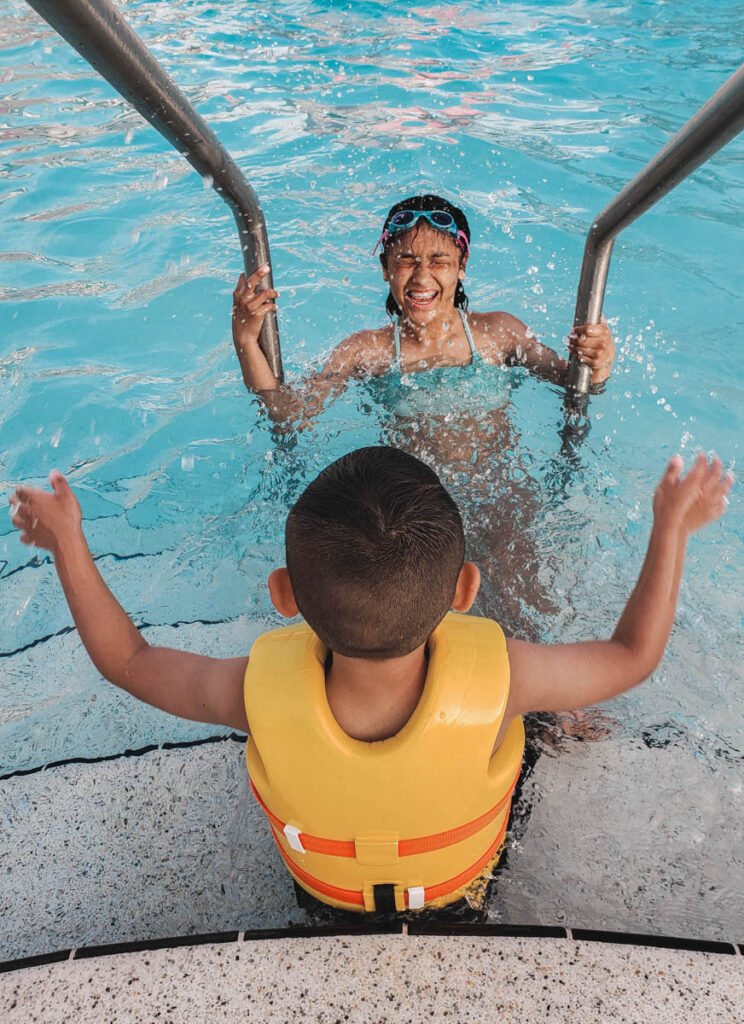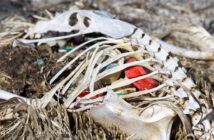Summertime fun in the water is approaching, and nothing beats having fun in the water, whether in pools, lakes, or rivers. It should go without saying that children should always be supervised near bodies of water, and lifejackets are an absolute must for young children who cannot swim. However a quick look away or quit lack of concentration could cause an unthinkable disaster.
While drowning is the second leading cause of accidental death in children and the fifth leading cause of death in all ages, both dry drowning and secondary drowning are extremely rare, but it is good to know the facts. These post-immersion respiratory syndromes typically occur only after a near drowning incident. Both can occur in adults, but the majority of dry drowning and secondary drowning cases involve young children.
When water is inhaled, it causes muscle spasms in the airway, which blocks airflow. Water is inhaled into the lungs during secondary drowning. The water irritates the lungs, causing them to fill with fluid and become difficult to breathe (a condition known as pulmonary edema).
What are the signs of secondary drowning?
- coughing
- vomiting
- fever
- lethargy
- difficulty breathing
- chest pain
- irritability
- trouble speaking
Secondary drowning symptoms typically appear one to 24 hours after the water enters the lungs. It can occur up to 48 hours following a water accident or near-drowning. Vomiting is another sign of drowning or aspiration after a water incident and breathing difficulty as well as wheezing.
Secondary drowning is thankfully extremely rare, but because it is so easily fatal, we hope you will pay special attention to those babies in the water and treat any of the above symptoms as an absolute emergency. Most importantly, trust your instincts; they are almost never wrong.
So, parents, keep secondary drowning symptoms in the back of your mind this summer. Even a small amount of water inhaled can cause inflammation and irritation, causing the body to send even more fluid to the lung. This leaves little to no breathing space. It’s also a breeding ground for serious infection.
Have fun on the water, be safe but also be aware of what could happen.










